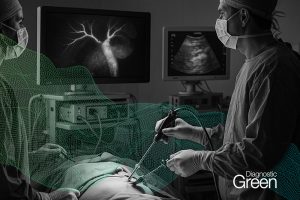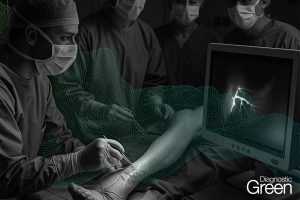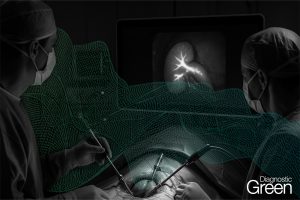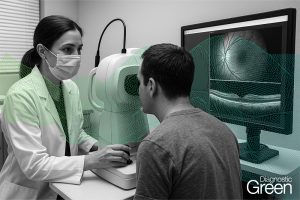The first study to using ICG fluorescence imaging to detect CBD in difficult bile duct exploration (BDE) caused by extensive dense adhesion after biliary surgery. The use of ICG fluorescence imaging technology for BDE can quickly reveal the anatomical location of the bile duct in the severe adhesion around the hepatoduodenal ligament. ICG fluorescence imaging appears to be a feasible, expeditious, useful, and effective imaging method while performing difficult BDE due to severe adhesion around the hepatoduodenal ligament. We describe two cases using indocyanine green (ICG) fluorescence imaging for visualization of the common bile duct(CBD)in patients with difficult Bile duct exploration(BDE) due to extensive dense adhesions around the hepatoduodenal ligament. The CBD was rapidly detected under fluorescence guidance without excessive dissection of extensive dense adhesions. It is illustrated that the use of ICG fluorescence imaging is effective and feasible for detecting the CBD and thus we highly recommend this method during difficult BDE.
https://www.sciencedirect.com/science/article/abs/pii/S1572100021004282




